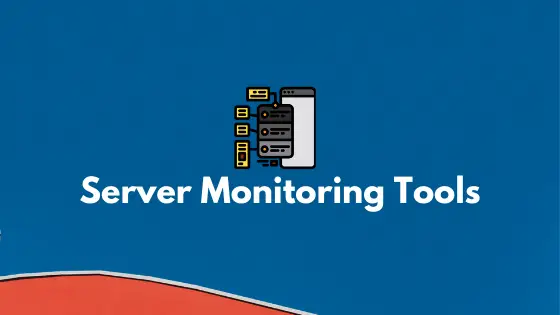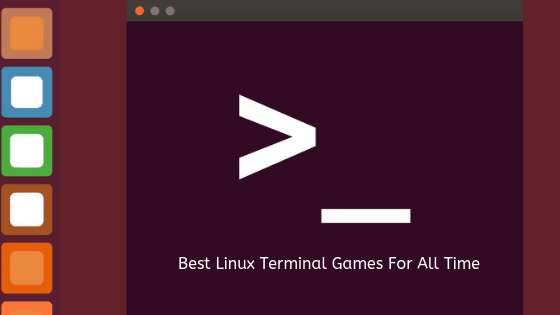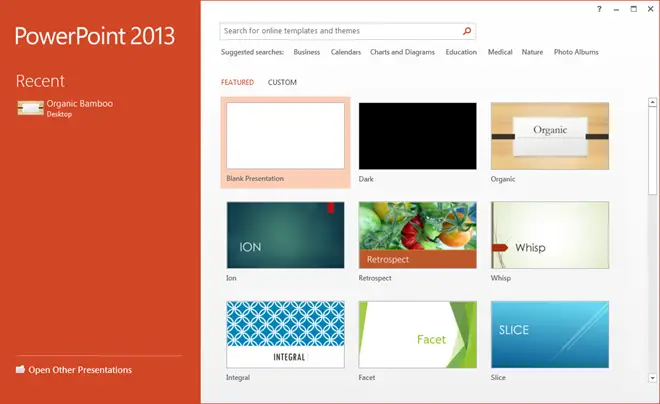List Of Useful Server Monitoring Tools For Linux System Administrator In 2023
These are the massive and useful collections of the important tools/software or command-line utility that might be useful for server administrators. If you are a system administrator or system engineer then you might need the help of tools to monitor and manage the servers.
Best List Of Free IPAM Tools For IP Address Management
IP Address Tracker: Free IPAM tool to scan, track, and manage IP addresses.
phpIPAM: phpIPM is an open-source web IP address management tool for network administrators.
GestioIP: GestioIP is also a web-based IP address management software. It is also integrated with Microsoft DNS by securing dynamic DNS updates with full IPv4/IPv6 support.
NiPaP – Neat Address Planner: It is one of the best open-source IPAM software. NIPAP is a sleek, intuitive, and powerful IP address management system built to efficiently handle large amounts of IP addresses. It has native support of IPv6.
IP Plan: IPplan is a web-based, multilingual, IP address management, DNS, and tracking tool based on PHP 4, simplifying the administration of your IP address space.
Server Monitoring Tools For Linux In 2022
Cacti: Open-source web-based network monitoring tool.
Icigna: Open-source computer system and network monitoring application.
GoAccess is an open-source tool that runs in a terminal in *nix systems or via a browser. It is a real-time web log analyzer and interactive viewer.
Nagios Core: Nagios Core, is a free and open-source computer-software application that offers monitoring and alerting services for servers, switches, applications, and services.
Zabbix: Zabbix is an enterprise-class open-source monitoring software tool.
SmokePing: It is loaded with plenty of features like Interactive graph explorer, a Wide range of latency measurement plugins, Live Latency Charts with the most ‘interesting’ graphs, and many more.
MultiTail: It allows you to monitor log files and command output in multiple windows in a terminal. It uses colors to display the logfiles which makes them easy to read for users.
CPUlimit: It is a small tool that monitors and then limits the CPU usage of a process. cpulimit can be used to prevent a process from running for more than a specified time ratio.
Justniffer is a network protocol analyzer. It captures network traffic and produces logs. It gives you the option to choose whether to collect low-level data or high-level data with this sniffer.
Shinken: It is a Nagios-compatible monitoring framework, written in Python, and can be used to monitor your servers and applications.
top: top is a processing activity monitoring command for Linux. It gives you a real-time view of a running system.
Run the following command in Linux to execute the top command:
sudo top
vmstat: The vmstat command lets you know about processes, memory, traps, paging, block IO, and CPU activity.
sudo vmstatps: Using ps command will help you to get a snapshot of the current processes. ps similar to the top command it provides you the more information.
sudo pspmap: The pmap command in Linux displays the memory usage map of a process or multiple processes. Monitors the process memory usage on Linux. We need process id which we can get from ps or top command:
sudo pmap PID
netstat: netstat is a Linux network and statistics monitoring tool. It is a built-in tool that is used to list out the TCP network connections, routing tables, and a number of network interfaces in the system.
sudo netstat
iptraf: iptraf command can be used to gather real-time network statistics on the Linux system. You can easily figure out the TCP connection packet and byte count, TCP/UDP traffic breakdowns, interface statistics and activity indicators, and station packet and byte count with this command.
sudo iptraf
iostat: This command is used for monitoring system input and system output. It helps to monitor Linux’s average CPU load and disk activity.
sudo iostat
sar: SAR or System Activity Report is a Unix System V-derived system monitor command which is used to check CPU activity, memory/paging, network, interrupts, device load, and swap space utilization.
mpstat: It is used to Monitor multiprocessor usage on Linux.
sudo mpstat
tcpdump: tcpdump is a common packet analyzer. tcpdump allows the user to display TCP/IP and other packets that are being transmitted or received over a network.
iotop: iotop is a Linux I/O monitoring tool. iotop tool is based on Python.
sudo iotop
htop: htop is similar to the top command. It is used to view the interactive process. It is a third-party application.
sudo htop
atop: atop is an interactive monitor tool to view the load on your Linux system, i.e. CPU, memory, disk, and network.
iftop: iftop is a real-time network monitoring tool. It can be used to monitor network bandwidth.
sudo iftop
nmon: nmon is short for Nigel’s performance Monitor for Linux on POWER. It displays and records local system information.
glances: glances is an open-source cross-platform monitoring tool for Linux-based operating systems. It is written in python. glances can be used to monitor CPU, Network Interfaces, Load Average, Memory, Disk I/O, Processes, and many more.
Nload : Nload is a command-line tool that is mainly used to monitor the network throughput. The output of this tool can be seen using two graphs, one for incoming and one for the outgoing network.
yum install nload
or
sudo apt-get install nload
Collectd: collectd is a daemon that collects system and application performance metrics periodically. This tool gathers metrics from various sources which can be used to monitor systems and find possible bottlenecks.







